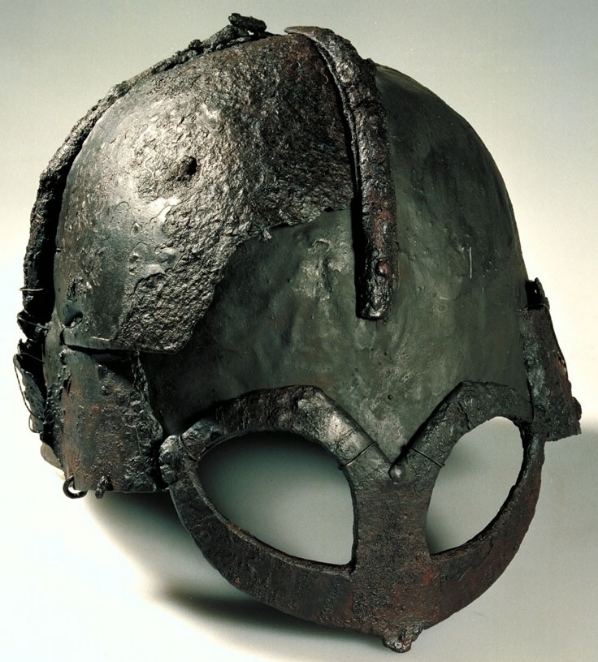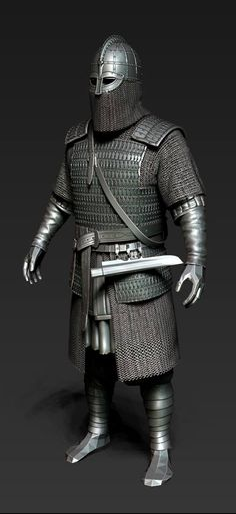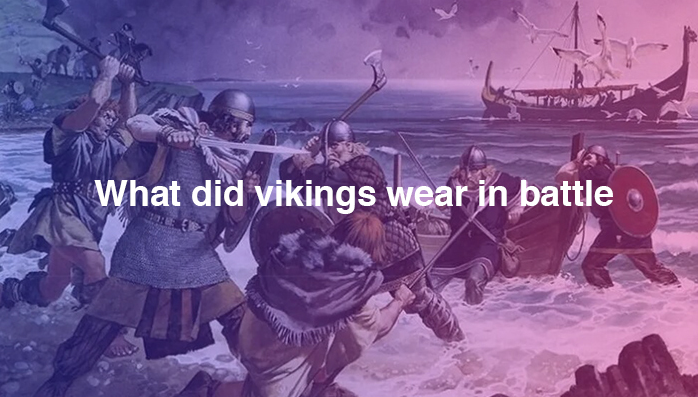Vikings are known for their ruthless, pitiless and cruel battles. These people were able to instil fear amongst their opponents through their fierce nature. According to an archaeologist, Andrew Nicholson, what people feared the most about them was their ‘mobility’.
They had comfortable and protective clothing which allowed them to navigate easily. What intrigues us the most is what they wore as protective gear which helped them while fighting while free to move.
Vikings were very skilled weavers and would use their own cloth to make a cloak out of it. This work was very time consuming and was entirely
done by women. Here are all the details you would be amazed to know about their attire.
Cloth and Leather
Vikings had different classes and each class was supposed to wear different kinds of clothing. It is highly possible that quilted cloth that is also known as a gambeson, was reserved for low-status Viking warriors.
Leather was far pricier than it is today, therefore it was considered as less affordable for a casual Viking warrior. In Legendary Saga of ST. Olaf,
the King’s bane is known to have worn a tunic, that is made from reindeer fur.
The tunic was described as ‘magically enhanced’ which tells us that it was considered as of high value. The tunics had tight-fitting across the chest and a broad loose skirt underneath.
They also wore loose trousers under tunics. Pieces of evidence suggest that Vikings probably wore their usual clothing in battles and used armor shields as their only form of protection. Some Vikings went into battles while wearing a wolf or bearskins.
Helmet
Vikings also wore simple helmets, us protection for their head. These simple helmets were usually capped with nose guards. Vikings only used metal helmets which were shaped as rounded caps and had spectacle guard around eyes and nose like a mask.
5 remains of helmets used during the Viking Age have been found and preserved. Only 1 of these 5 remains, found in Gjermundbu, was capable of reconstruction.
Evidence suggests that Vikings didn’t use horned helmets. The only authentic Viking helmet ever to be found was horn free. The lack of evidence found of helmets tells us that there was no such tradition of placing the helmets in the graves. It is also a probability that few Vikings wore helmets
which is why very few pieces of evidence are found today.

Lamellar
According to historical resources, the Vikings had the influence of the Byzantine empire and Kyvian Rus. The Lamellar armor was commonly used and popular amongst both the tribes.
Lamellar armor is made of steel scales and it is fixed by leather laces. One of the biggest advantages of Lamellar armor is its reasonable price.
More than 30 lamellae were found in 1877 which gives us evidence that Vikings wore this armor. According to physical evidence, if lamellar armor was ever used by the Vikings, it must be worn by the richest and elite amongst the other Vikings.

Chain mail
The evidence of chain mail has been found in Scandinavia, the same site where evidence of helmets has been found which tells us that Vikings left no stone unturned when it came to protecting their face and body from the enemies.
Chain mail is a protective iron fabric made up of thousands of interlocking rings. In the Viking era, chainmail was made with a 4-1 pattern. Chain mail was worn as a mail shirt with short sleeves and thigh length. The shirt weighs around 12kg. It was not considered as heavy as the belt around the waist would let the hips take the weight.
Viking took great care of their swords and it was their most prized weapon. Another most common weapon the Viking used axes with long wooden handles. Vikings believed in giving importance to their warrior, honor, and glory.
Vikings fought all of their battles on foot while wearing iron helmets, chain mail armor while carrying swords, axes, and shields. This
tells us how important it was for them to stay safe while they went berserk during fearless battles!
Through their audacious courage, warrior skills, and safety measures, Vikings were able to defeat many opponents and won numerous battles!

